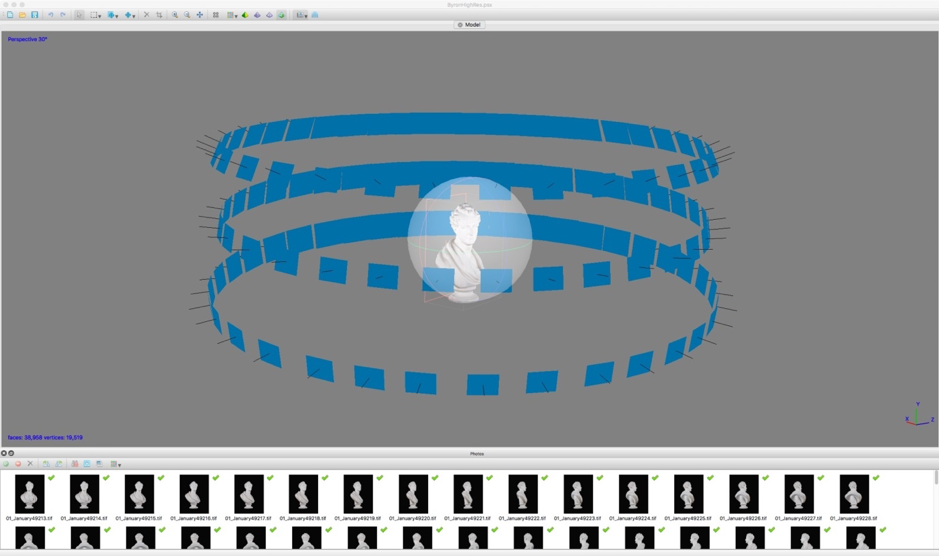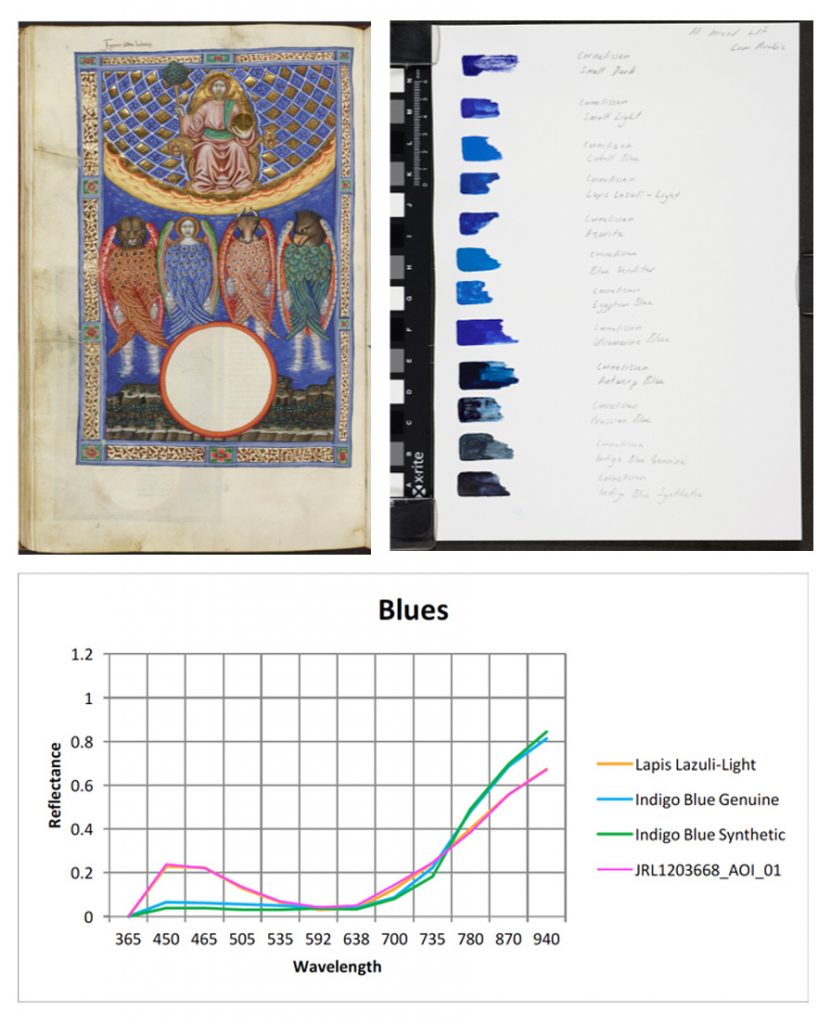
Advanced Imaging techniques, supporting research with Special Collections
The Imaging team offer a suite of Advanced Imaging techniques to support innovative and multidisciplinary research with our Special Collections. Advanced Imaging supports researchers to interrogate the physical attributes and contents of our Special Collections, using non-invasive photographic techniques.
The John Rylands Library has a long history of photographing our collections to promote access and support research. In 1911 when the first photography studio was established at the Library the minute book reports:
‘The provision of a photographic studio with complete installation of apparatus, has made it possible for the Library to render valuable assistance to scholars both at home and abroad, by furnishing them with photographed facsimiles of pages from some of our rarer printed books and manuscripts… the value of the treasures of the library is greatly enhanced for purposes of research, since they are more readily available to scholars at a distance, and there can be little doubt that this new department is fraught with possibilities if world-wide benefit.’
Whilst we still photograph our collections to make them accessible by researchers worldwide, new technologies enable us to do much more. We are now able to offer researchers a range of Advanced Imaging techniques, such as:
- Photomacrography
- Photogrammetry
- Raking light (to reveal single surface textures)
- Reflectance Transformation Imaging (RTI) (to reveal entire surface textures)
- Multispectral Imaging (MSI)
The ultra-high-resolution digital images created by Imaging often enable researchers to see things that they can’t see with the naked eye. Sometimes this might be tiny or obscured text, but often this goes way beyond the simple (or complex!) transcription. Images can be combined to provide representations of objects not otherwise possible, using Photogrammetry (3D photography).

The light used to create photographs can be manipulated to reveal information not visible in usual viewing situations, using Reflectance Transformation Imaging (RTI).
The digital images themselves can be processed using scientific software to objectively measure the contents of the images, for example to provide data on pigment and ink analysis, using Multispectral Imaging (MSI).
Standard applications for Advanced Imaging techniques include:
- reveal undertext in palimpsests
- recover faded and erased texts
- reveal underdrawings and paintings
- analyse inks and pigments
- reveal surface shape and textures
- recover watermarks
Innovation thrives on new questions, we are keen to collaborate, if we aren’t able to develop something in house, we can signpost you to colleagues within the University, or beyond, who can. Please do get in touch.
The University of Manchester has recently announced an exciting collaboration with the University of Cambridge to launch a new digital collection space later this year. This new system will allow enhanced viewing and manipulation of ultra-high quality images, with a parallel display of text, audio and video content. It will enable academics to curate digital editions of important items from the collections, contextualising them and bringing their research on the collections to a wider audience.
Over the next few months we will be sharing more blog posts looking in detail at some of the techniques described above. In the meantime, if you have any questions please get in touch.
All of these techniques are free of charge to members of the University of Manchester, and most are available to users outside the University who are researching our collections, via our Imaging Service. For more information please contact the Imaging Service uml.imaging@manchester.ac.uk.
Gwen Riley Jones, Imaging Manager, Special Collections, The University of Manchester Library






0 Comments